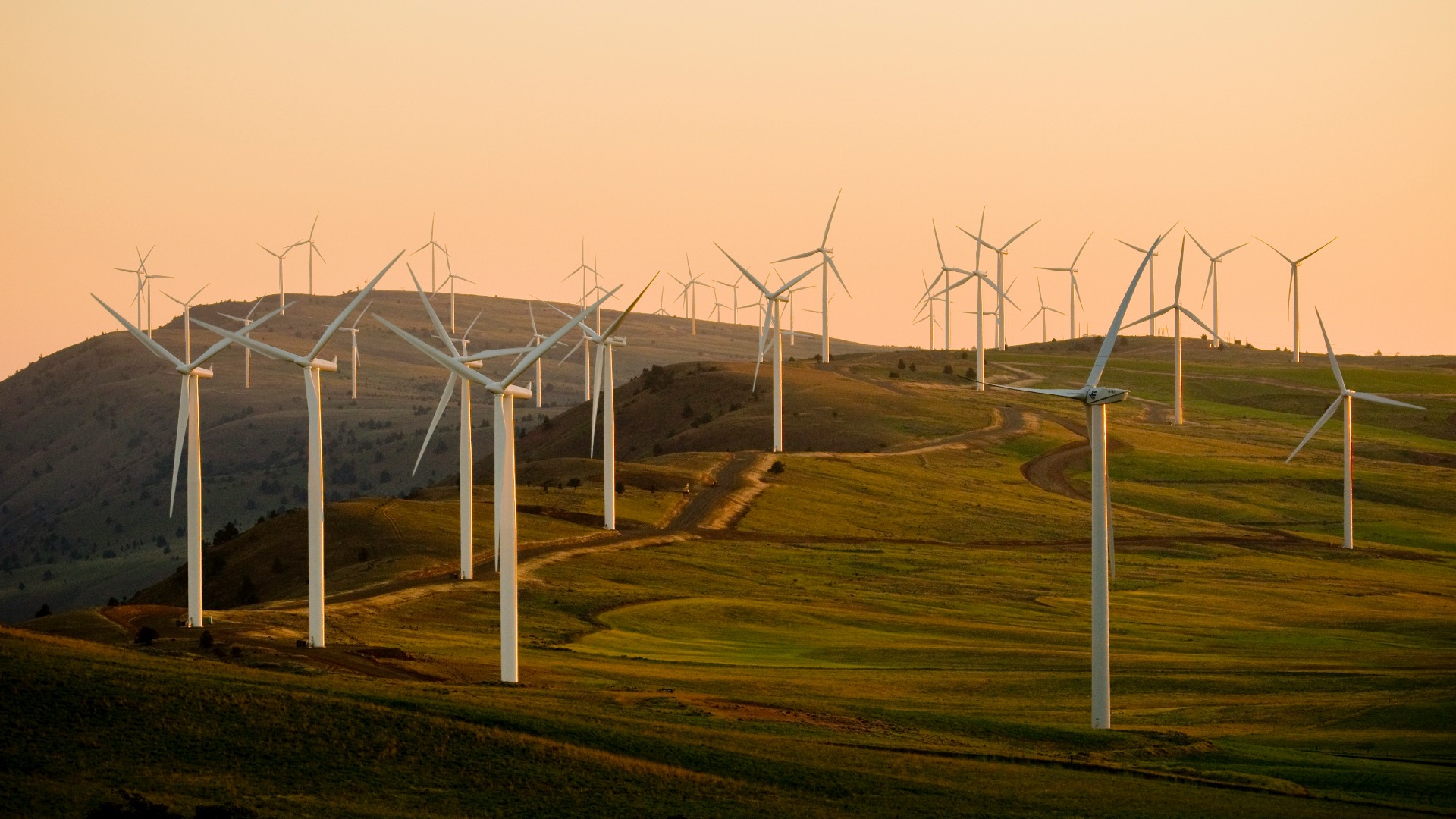Books
Hanns W. Maull
The Rise and Decline of the Post-Cold War International Order
How did the optimism and stability that followed the Cold War give way to today’s fractured and contested international landscape? The Rise and Decline of the Post-Cold War International Order traces the emergence, achievements, and unraveling of the global system that shaped the world after 1991.
The end of the Cold War in 1991 ushered in a period marked by U.S. dominance, the spread of democracy, and economic globalization. This “post-Cold War order” saw the dissolution of the Soviet Union, the rise of newly sovereign states in Eastern Europe, and the integration of former communist countries into the global economy. The United States emerged as the world’s sole superpower, and international cooperation increased, with major powers—such as the U.S., Europe, Russia, China, and Japan—seeking to preserve a status quo from which they benefited.
Key features of this era included a reduction in inter-state wars, the proliferation of peacekeeping operations, and the institutionalization of international norms and borders. The period was also characterized by growing globalization, technological change, and the rise of new global challenges like nuclear proliferation, climate change, and economic interdependence. However, beneath the surface, new threats emerged: ethnic conflicts, religious militancy, terrorism, and economic competition beyond the control of nation-states.
By the 2010s, the order began to fray. The rise of China, renewed assertiveness from Russia, and a series of global crises—including the war on terror, the Great Recession, and the Russo-Ukrainian War—challenged U.S. dominance and the liberal international order. The Russian invasion of Ukraine in 2022 is widely seen as a turning point, marking the end of the post-Cold War order and the onset of a more fragmented, multipolar world. Today, the international system is shaped by renewed great power competition, hybrid warfare, and uncertainty about the future of global cooperation
The Rise and Decline of the Post-Cold War International Order stands out for its analysis of how a period once defined by optimism and cooperation has given way to instability and rivalry. By examining both the achievements and the limitations of the post-1991 system, the book offers crucial insights into the forces that have shaped—and now threaten—the global order of the past three decades.
↓ more books
How Xi Played Trump – Beijing Gambled and Is Now Reaping the Rewards
Agenda for Wednesday, 26 November 2025
ASEAN Is No Longer Just a Talk Shop
As Ukraine Sets „Red Lines,“ a U.S. Peace Plan Is Slimmed Down
Agenda for Wednesday, 25 November 2025


